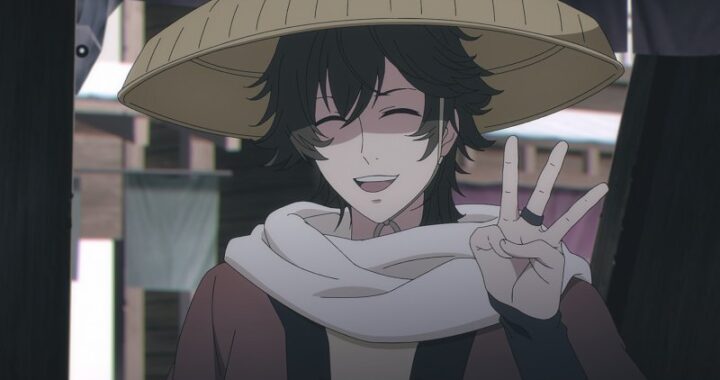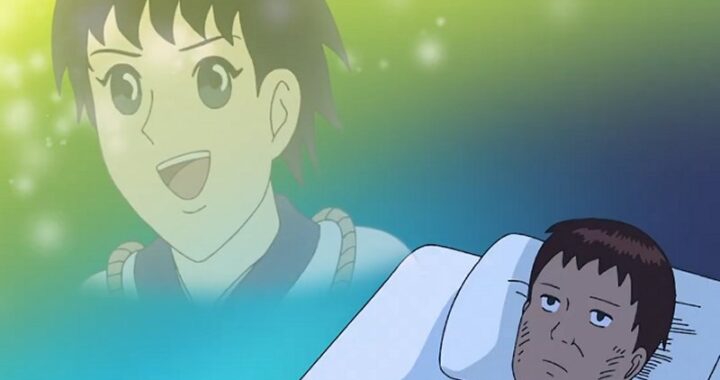
Viz Media is inching closer to bringing out the Osomatsu series as they’re making progress on the dub. At Anime Weekend Atlanta this past weekend, they brought out several of the cast members for a panel and revealed the main cast with:
- Billy Kametz as Osomatsu
- Chris Niosi as Choromatsu
- Michael Sinterniklaas as Jyushimatsu
- Kyle McCarley as Ichimatsu
- Ray Chase as Karamatsu
- Max Mittleman as Todomatsu
The distributor previously confirmed that they have both the first season and the second season. We also previously confirmed that they do not have the rights to the originally broadcast first episode that was pulled due to a lot of references and imagery that they didn’t have permission to use. Their first episode will be the same as the Japanese home video release which used the replacement first episode. As was basically said at the panel, that original first episode is “legally radioactive” with what they did.
Based on the manga by Fujio Akatsuka that ran from 1962 to 1969 and had a couple of revivals along the way, it had an adaptation in the mid 60′s and then a remake in the late 80′s. This series is serving as a sequel to it with the same animation studio from the 80′s involved, albeit with a new creative team. The original series focused on the six kids when they were young but this one takes a look at them as adults now and how their lives turned out.
Directed by Yoichi Fujita, the series is animated by Studio Pierrot based on the composition by Shu Matsubara and character designs by Naoyuki Asano.
The series stars Takahiro Sakurai as the eldest son Osomatsu, Yūichi Nakamura as the second son Karamatsu, Hiroshi Kamiya as the third son Choromatsu, Jun Fukuyama as the fourth son Ichimatsu, Daisuke Ono as the fifth son Jūshimatsu, Miyu Irino as the sixth and youngest son Todomatsu, Aya Endo as the heroine Totoko, Kenichi Suzumura as Iyami and Sachi Kokuryu as Chibita.
Plot Concept: The Matsuno household has six naughty and mischievous sons (who are sextuplets), led by the eldest, Osomatsu. They may have been grade schoolers since the Shōwa period, and they may still live in the same house, but modern day society has certainly changed around them.




